Are you looking for that perfect companion for your rhubarb plant? Look no further! By the end of this read, you’ll be well-informed about which plants enhance rhubarb growth and which ones to steer clear of.
Rhubarb, a robust herbaceous perennial vegetable, boasts a resilient root system that persists for numerous years, while its above-ground parts undergo seasonal die-back in winter, only to regenerate each spring.
Despite its tartness, rhubarb is enjoyed in rhubarb crumbles, muffins, and even made into wine! It’s a classic on our homestead – and it freezes well to enjoy all winter long, too!
*Disclosure: This post may contain affiliate links to products (including Amazon). I’ll earn a small commission if you make a purchase through my link, at no additional cost to you! Regardless, I only link to products that I personally use on our homestead or believe in.
What is a Companion Plant?
A companion plant is a pair of plants that benefit each other when they are planted next to eachother. These benefits can range from deterring pests and attracting beneficial insects to improving nutrients in the soil and stimulating growth.
Benefits of companion planting
There are many benefits to utilizing companion planting in your garden. It’s something that I engage in heavily to maximize the health of my plants and improve the efficiency of my garden space.
- Repel harmful pests – Some plants actively repel harmful insects using their aromatic properties such as mint and marigolds.
- Hide from harmful pests – Having a diverse spread of plants together can make it harder for pests to pick out their favorite ones to devour.
- Attract beneficial insects – Certain insects such as ladybugs, lacewings, predatory stink bugs, soldier beetles, and many more can serve as predators to the harmful ones. We can encourage them to come by companion planting with plants that they love.
- Attract pollinators – Certain plants are very attractive to pollinators and will drive them in to happily pollinate your vegetables, resulting in increased yields! Strawberries surrounded by a companion plant of borage resulted in an average of 35% more fruit!
- Replace nutrients – While some plants can compete for nutrients if planted next to each other, others can have the opposite effect!
Reasons to Use Rhubarb Companion Plants
Okay, so far so good, but what are some unique circumstances that make companion planting a no-brainer?
You are short on space
If you have a small garden space, then you should definitely consider companion planting! Carefully selecting companion plants allows you to space your plants closer together without compromising their growth. In fact, their growth, health, and yields can be improved if they are planted snugly with their friends.
You have heavy pest presence
This is the most common reason that gardeners use companion planting. Pests chewing away at your prized vegetables is such a nightmare! Therefore, utilizing plants that deter them away is an excellent, natural way to guard your plants without using chemicals.
You have compacted or heavy-clay soil
Many of rhubarb’s companion plants are prized for their ability to establish deep roots. This results in aeration of the soil; breaking up any heavy or compacted sections to allow your vegetables to grow larger and stronger. If you have heavy, clay soil then you’ll definitely want to plant some of these!
Top 10 Rhubarb Companion Plants
#1 Onions
Onions are an excellent companion plant to rhubarb because they deter leaf beetles and weevils. These insects can cause damage to the tender rhubarb stalks, affecting your harvest. Onions also have fungicidal properties, which is great if you live in a humid climate.
*My favorite variety: Sedona F1
#2 Beets
Beets are a great benefit to rhubarb in that they can prevent the stalks from getting too “woody” while also boosting its flavor! Rhubarb also benefits beets by providing some shade during the heat of the summer. Lastly, they look super cute planted next to each other with their beautiful, bright colors.
*My favorite variety: Boro F1
#3 Chives
This companion plant pairing is close to my heart because it’s the one that I’ve personally been using for years! I like that they are both perennials (come back each year) and seem to thrive together. The chives appreciate the shade during the hot summer months while also attracting pollinators with their bright flowers.
My favorite variety: Chives
#4 Brassicas
Oooo the brassicas – my personal favorite! This includes broccoli, kale, kohlrabi, cauliflower, cabbage, etc. Brassicas are often destroyed by pests. Therefore, planting these next to rhubarb can help deter pests like the white fly.
Smaller brassicas like kohlrabi or baby kale also benefit from the shade that rhubarb provides during the hot summer months. They love cool temperatures!
My favorite varieties: Belstar F1 Broccoli, Azure Star Kohlrabi, Meadowlark Kale, and Passat F1 Cabbage
#5 Beans
Beans and rhubarb both benefit each other in different ways. Beans put nitrogen back into the soil, which rhubarb is very grateful for because it is a heavy feeder (needs a lot of nutrients). Rhubarb also gives back to the beans by repelling black fly aphids, which is a common pest for beans. What a good team!
My favorite varieties: Tavera Harticot Vert, Maxibel Harticot Vert and Celine Bush Bean
#6 Garlic
Garlic utilizes its high sulfur content to deter leaf beetles and weevils. These insects can cause damage to the tender rhubarb stalks, affecting your harvest. Garlic can also repel ants; another common pest for rhubarb.
My favorite variety: Music Garlic
#7 Asparagus
Both asparagus and rhubarb are perennials, so they are excellent “set it and forget it” companions in an established garden corner. Asparagus has deep roots, which helps break up compacted soil and absorbs excess moisture. This helps your rhubarb grow strong and reduce the risk of root rot.
My favorite variety: Mary Washington
#8 Strawberry
So, you thought strawberries and rhubarb only went together in pies and jam? They are wonderful friends in the garden, too! Strawberries provide a nice ground cover around rhubarb plants, which serves as an excellent weed control strategy without competing for nutrients. They are also harvested around the same time, simplifying the process!
My favorite variety: Berries Galore Hybrid Pink
#9 Sage
Growing sage near your rhubarb plant will provide 3 different benefits! First, sage attracts beneficial, predatory insects that will knock down any infestations. Second, the sage blooms attract pollinators. Third, sage has deep roots that serve as an excellent aerator of heavy and compact soil.
My favorite variety: Fanni Common Sage
#10 Dill
Dill has deep roots that help to break up and loosen the soil surrounding the rhubarb plant. This allows rhubarb’s roots to spread and become stronger. Dill is also a great pest-repellent while attracting pollinators; a true friend to any veggie in the garden!
My favorite variety: Greensleeves Dill
Top 5 Plants to Avoid Planting With Rhubarb
#1 Dock
Dock is a large plant that is often used in herbal medicine, however, it can attract a pest called the rhubarb curculio. This insect bores into the rhubarb stalks, ruining your harvest. Keep dock out of your rhubarb patch!
#2 Corn
Corn is a very tall plant and does best when planted in a group. This results in a significant shade block to whatever is growing below it. This strategy can work in your favor if you are trying to “hide” your prey plant from predators, but this is often a last resort option. Try to keep corn isolated in it’s own area where it won’t steal the sunlight from your other vegetable plants.
#3 Melons & Pumpkins
Melon and pumpkins should be avoided as companion plants due to the same reason as the corn. They are not tall plants, but they tend to sprawl and create a web of vines and leaves that can choke out surrounding plants.
#4 Cucumbers
Cucumbers are a heavy feeder and can compete for nutrients with your rhubarb plant. It’s best to leave cucumbers to a different section of your garden.
#5 Tomatoes
Tomatoes are a definite pest attraction! They also can be quite tall and broad, resulting in lots of shade to any surrounding plants as well. I prefer to keep my tomato plants off to the side of my garden, if possible!
How to Grow Rhubarb (Besides Companion Planting, of Course!)
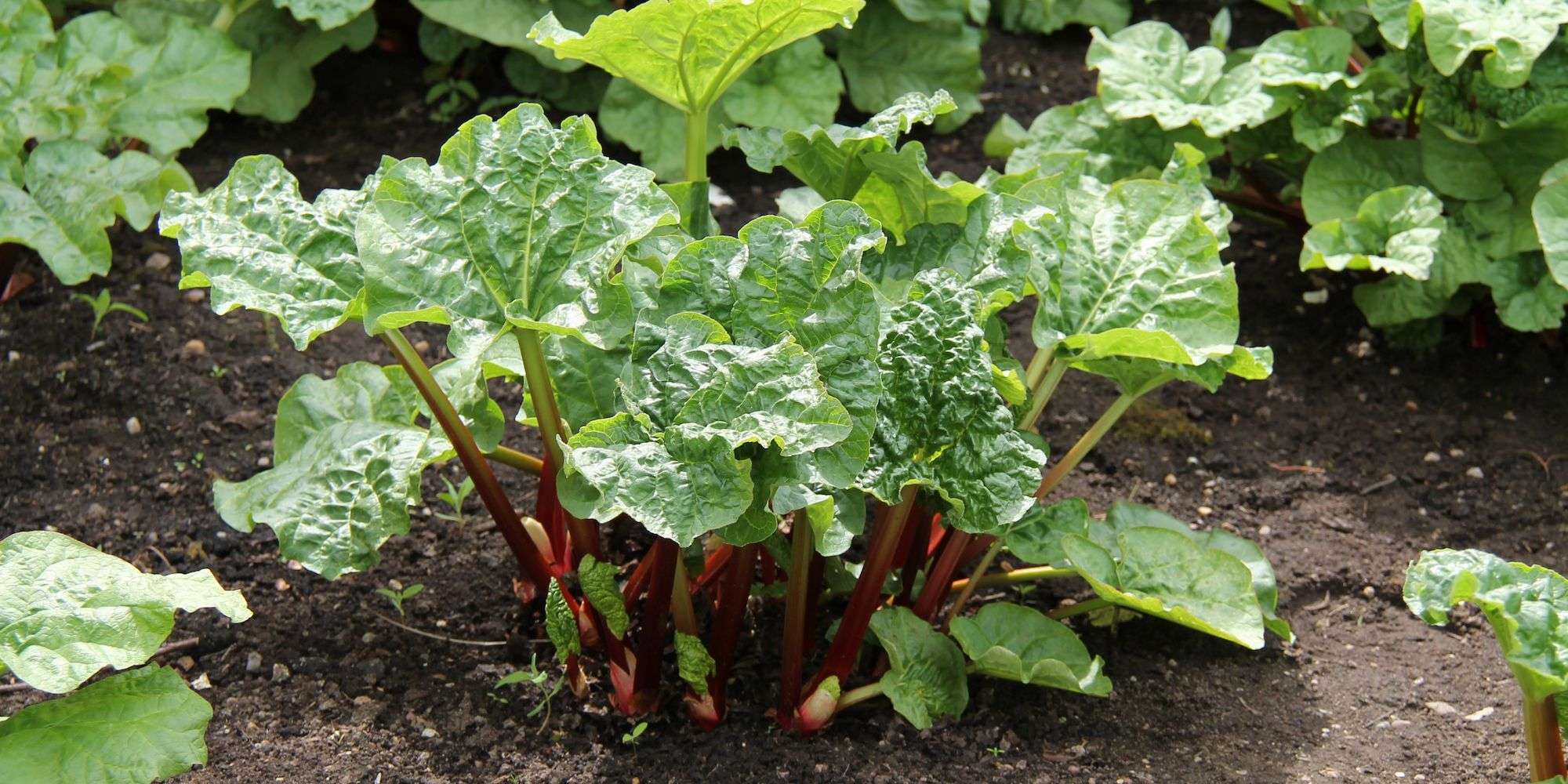
Rhubarb is typically purchased as a smaller division from a mother plant. You can find these divisions from nurseries, or from a friend! Rhubarb continues to grow year after year and benefits from divisions every 5-10 years. Therefore, if you have a friend who gardens, there’s a good chance they’d be happy to give you a chunk of their plant. It doesn’t hurt to ask!
Pick a location that has rich, slightly acidic, and fertile soil. Grab a soil pH tester and see where you’re at! Rhubarb is a heavy feeder, so it appreciates extra nutrients from compost. It prefers full sun or light shade.
Plant in early spring with your divisions spaced 18-24″ apart. Place the buds about 2″ below the soil surface. Rhubarb sends up flower shoots in the summer; make sure to snap them off so that the rhubarb plant keeps its energy going into the stalks. In the late fall, mulch with compost to rebuild nutrients for the following growing season.
How to Harvest Rhubarb
STOP! Rhubarb needs a couple of years to establish itself, so don’t harvest from it right away! A good rule of thumb is to avoid harvesting any stalks the first year, and only a few stalks the second year. Starting the third year, you can harvest as much as you want!
To harvest rhubarb, grab the stalk near the base and give it swift “twist and pull” motion. It should release and pop out cleanly, rather than breaking the stem.
How to Store Rhubarb
Trim off the large leaves and discard them in your compost bin (these leaves are toxic – please don’t eat them!). The best way to wrap them is using a dense cloth or loosely wrapped tinfoil, and store in the fridge. The goal is for the rhubarb to be able to breathe while also not drying out too quickly. It freezes well, too!
Other Articles You’ll Love
- 5 BEST Asparagus Companion Plant (and 3 to AVOID!)
- 5 BEST Eggplant Companion Plants (and 3 to AVOID!)
- 5 BEST Pumpkin Companion Plants (and 3 to AVOID!)
- 5 BEST Dill Companion Plants (and 2 to AVOID!)
- 5 Best Spinach Companion Plants (and 2 to AVOID!)
Conclusion
Growing rhubarb is such a rewarding experience and utilizing rhubarb companion plants can really up your growing game! Companion plants are essential for reducing pest presence, attracting beneficial insects and pollinators, and even improving the soil quality for the surrounding plants.
Happy gardening!

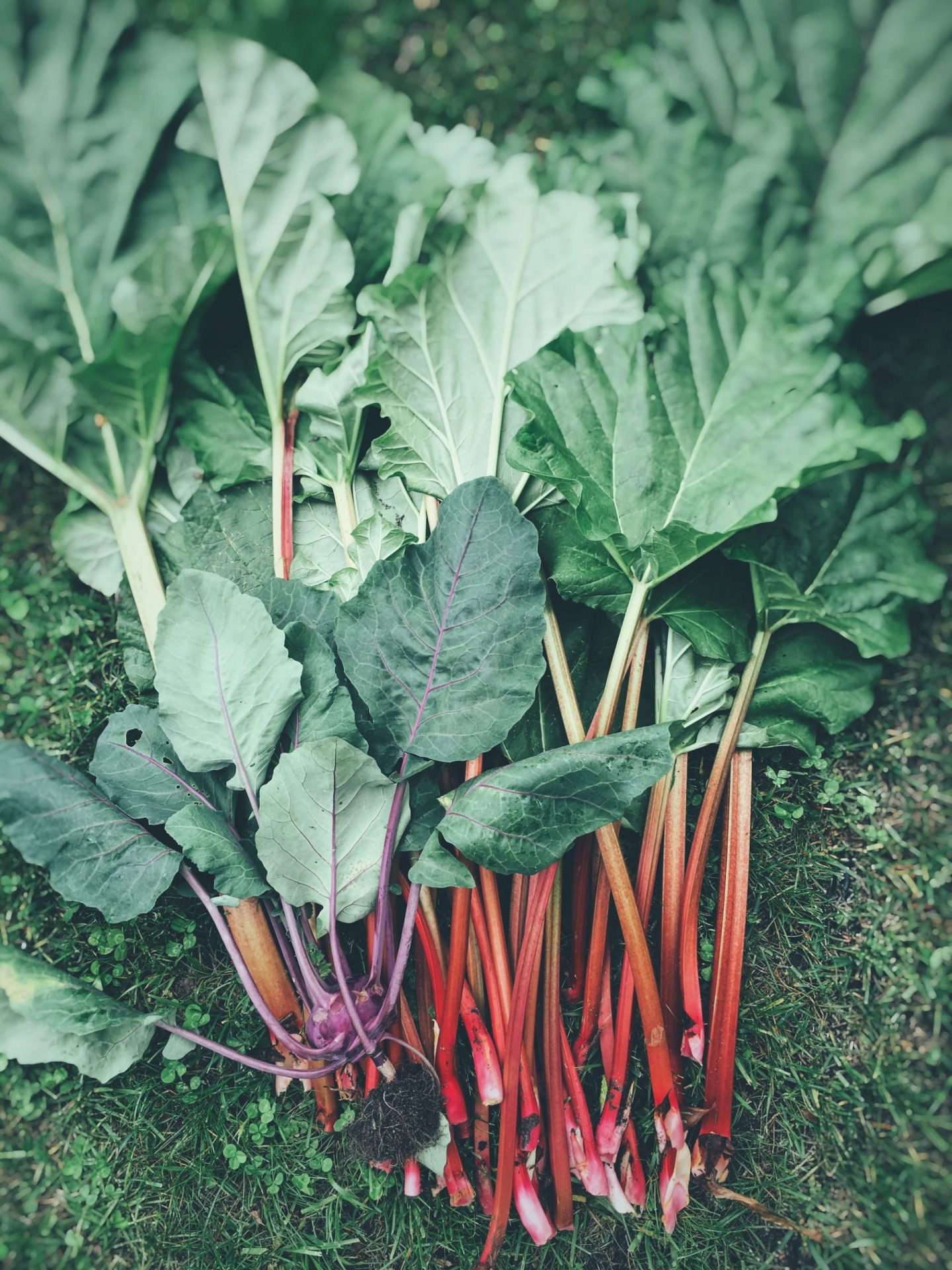
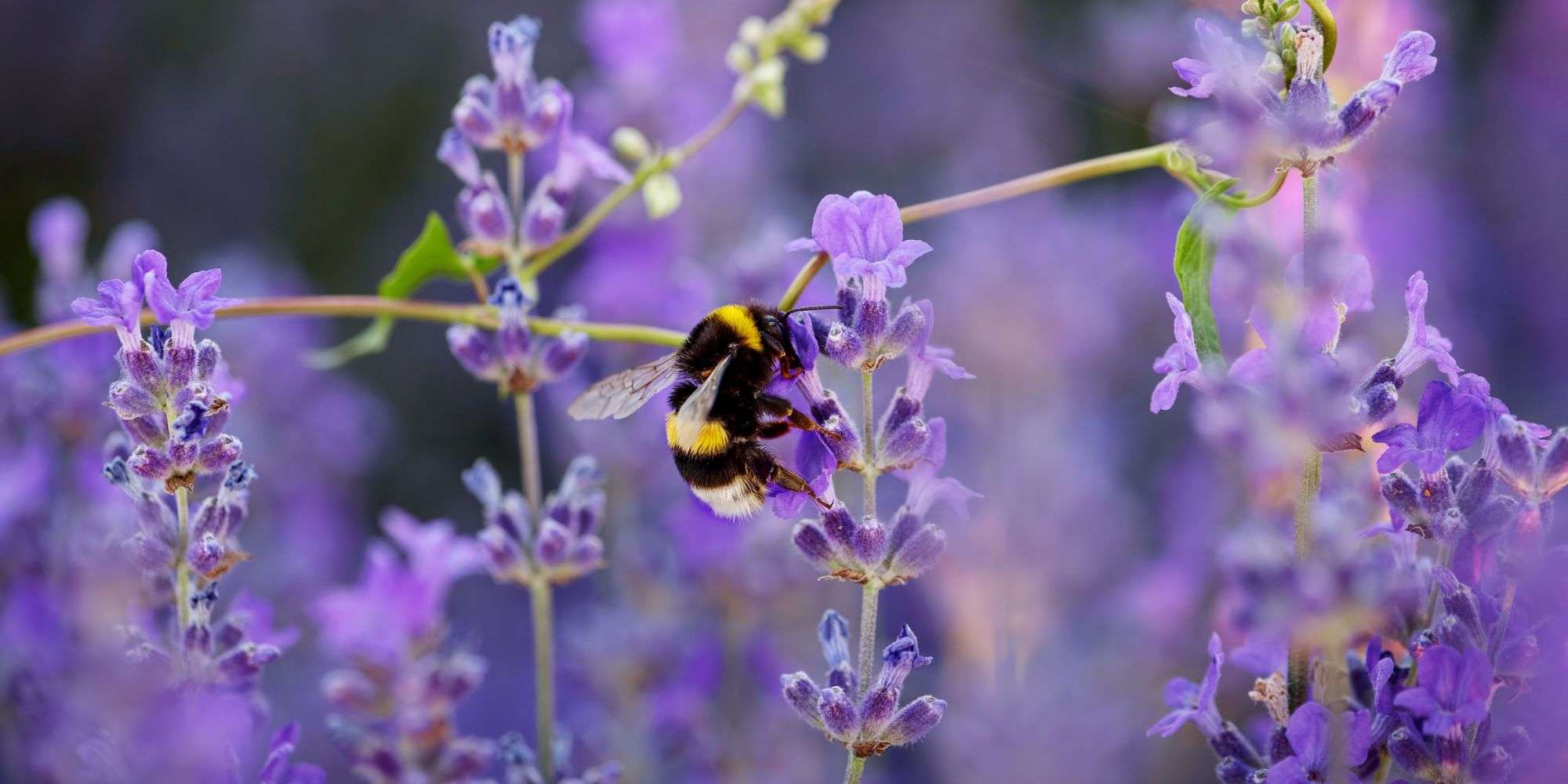
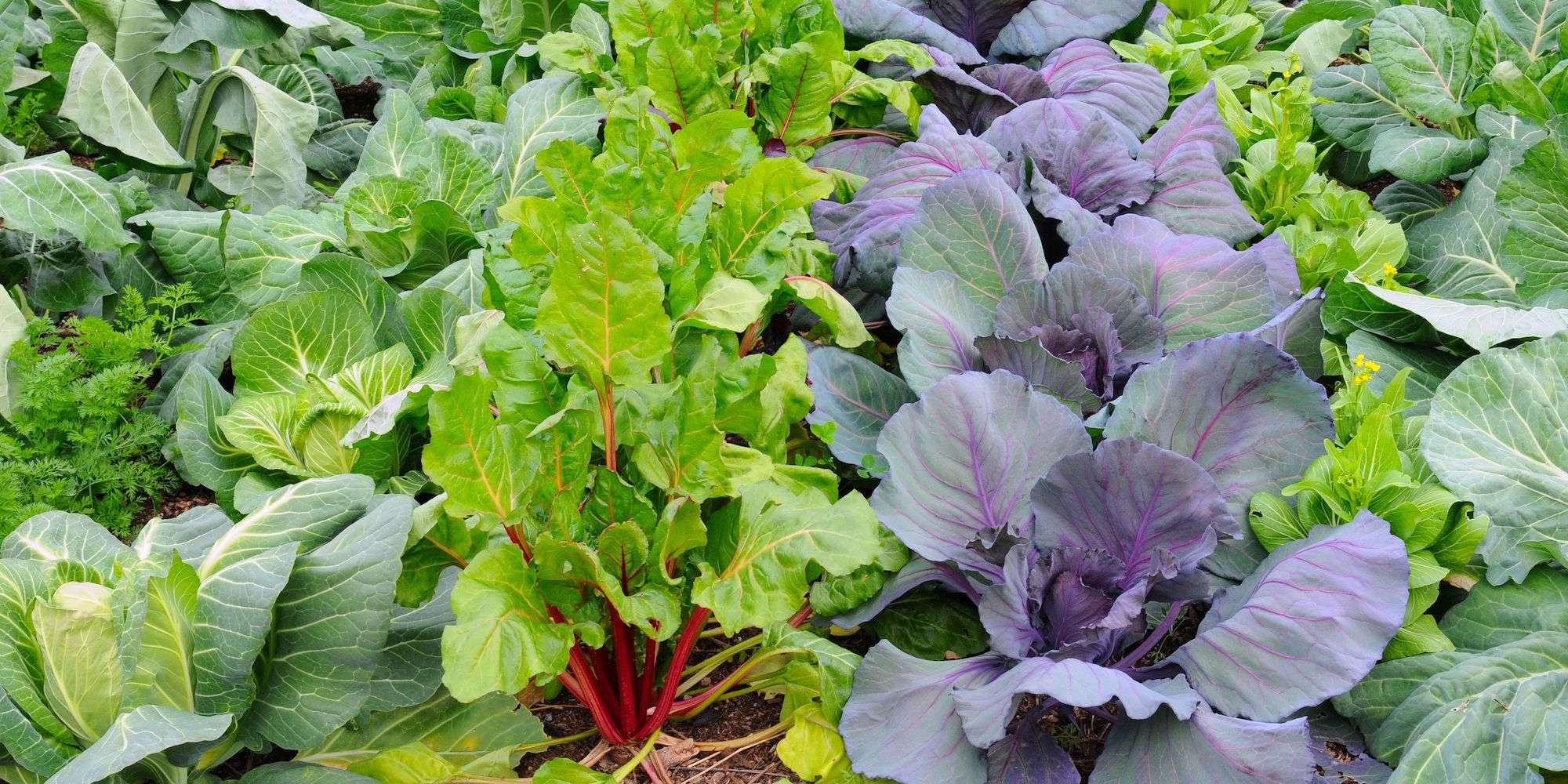
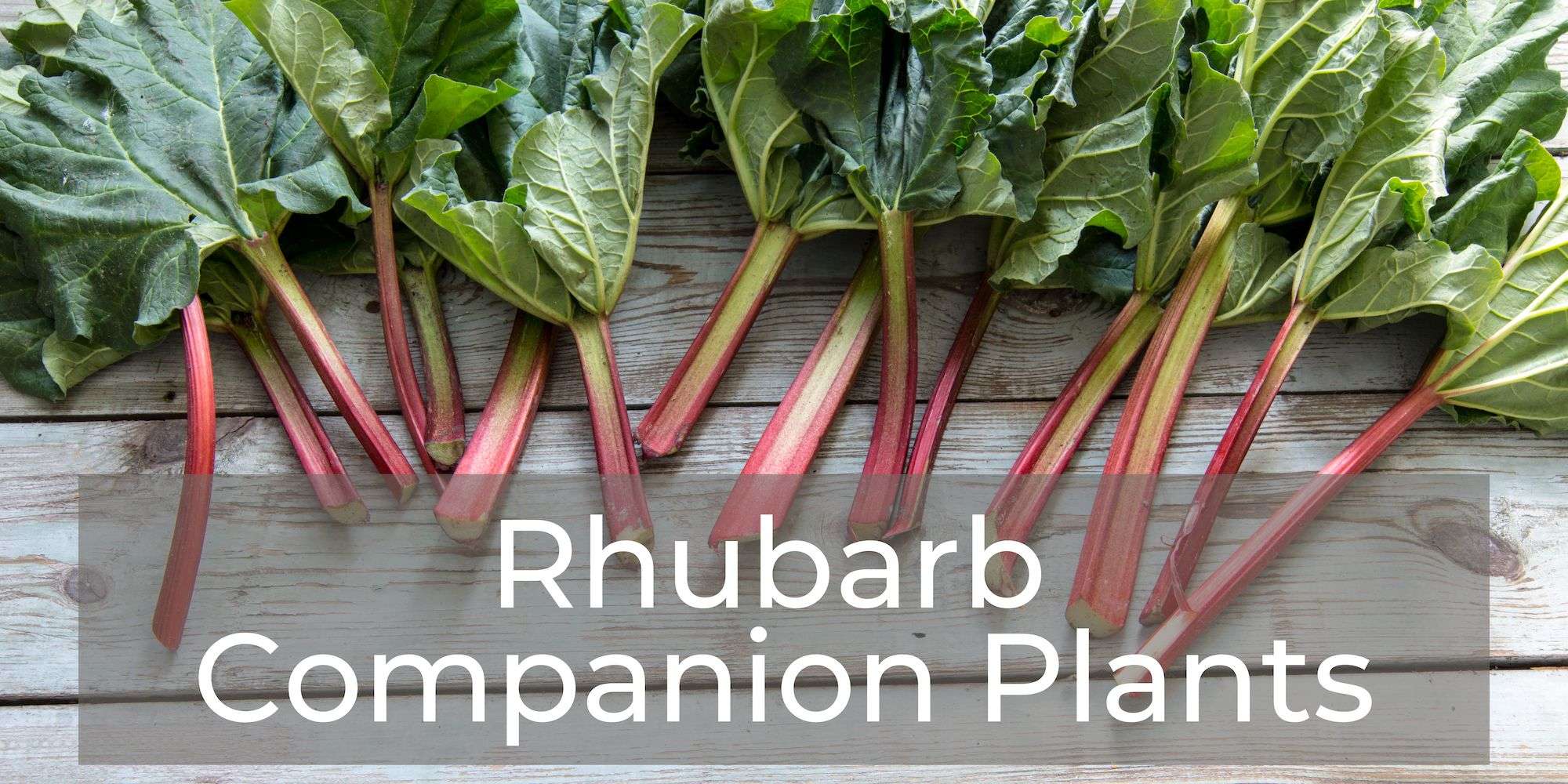

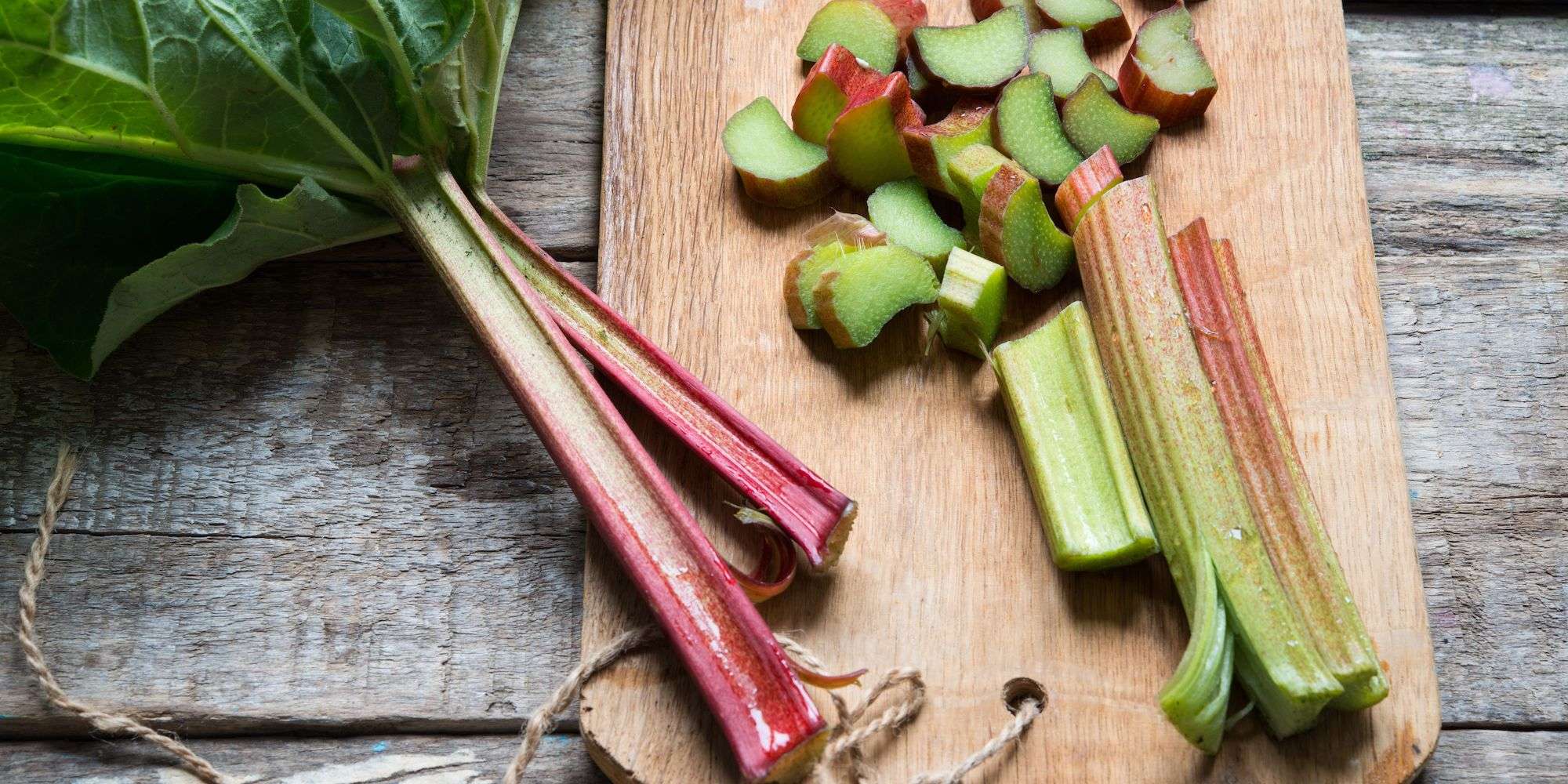


Little tip we’ve learned is that rhubarb does very well when planted in/with/around horse manure.
That’s a great tip and I totally agree!
Great Tips, thanks for the info Katie
You’re welcome! Enjoy! 🙂
Great information! We’ve never planted rhubarb before, but I’m sure one day we will. Might pair it with garlic and asparagus as you suggested above. Thanks for sharing!
Rhubarb is one of the easiest things to grow – highly recommend!
Thanks for the great information! I lost my rhubarb plants a few years ago, but I want to get some more put in this year. And now I know just where to plant them, lol. Right in the middle of my out of control chive patch!
That sounds like the perfect place! It will be very happy there 🙂
Great information! We’ve never done rhubarb before, but it’ll happen one day! Great to know what to plant with it (and what to avoid)!
Very informative. I love all your tips. Thanks for sharing. Saving this when I start my garden after I redo my yard.
Such an informative article. I want to have my own garden and grow plants. This is so helpful information on rhubarbs which I honestly know nothing about. I will use this article as a reference and come back to it. Thank you for sharing 🙂
Very informative blog. Never thought of growing Rhubarb in my NYC apartment. It’s great to know about mutual benefits of growing certain plants together.
Fantastic information, Katie! Thank you! I am sort of the designated person in charge of the Rhubarb patch that we have been developing for the past three summers at our Adult living Co-op community. Last fall I expanded it from 15 plants to 40. Hopefully this will be really beneficial for our 85 units in a few years. We have more people that want rhubarb than we have growing. I was particularly interested in your companion plant section. We had japanese beetles last year and I was wondering which companion plant would deter those the best?
Hi, Margaret! How cool that you have a community garden! 🙂 Argh – the japanese beetles are the worst! The deterred by plants that smell bad to them: catnip, chives, garlic, marigold, white geranium, rue, or tansy. I know that I definitely have japanese beetles around, but they’ve never bothered my rhubarb. Maybe because I utilize companion planting with chives! So far, so good. Good luck!!
This is such an extremely informative and helpful article! I love gardening, but haven’t done it in the past few years due to moving around. I never grew rhubarb, but want to give it a shot. This article makes it extremely easy to understand and offers great tips, thank you so much for sharing!
I’m so glad to hear that and I wish you the best success in giving it a go! 🙂
I LOVE Rhubarb! SO smart to plant it with other items that support success! YUM!
It really is one of my favorite things to grow and may as well help it thrive to the max! 🙂